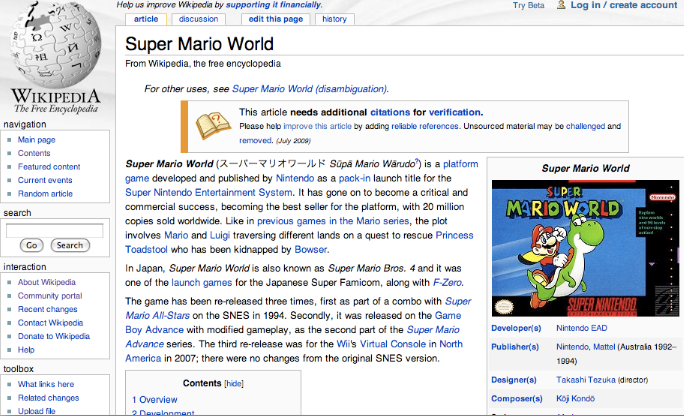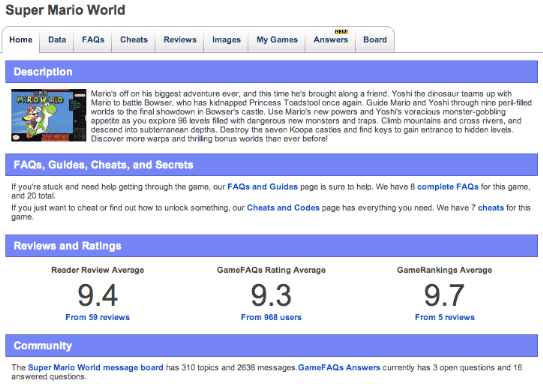Learn about SEO On Page
On-page SEO is one of the elements of a certain website that affects search engine rankings. There are many On-Page SEO factors that affect search engine rankings. Including content, title tag, URL .
Code Sample:
Nội dung
,
,, no tag
Alt Text
 Learn about SEO On Page Picture 1
Learn about SEO On Page Picture 1
Bold / Strong
1. What are On-Page elements?
Onpage SEO is one of the very important concepts in SEO. On-page SEO is meant to optimize website display so that the website becomes more friendly with Google search engine.
There are many On-Page SEO factors that affect search engine rankings. Which includes:
1.1. Content of the page
The content of the page will determine the position of the page on the list of search results. That's what users can see and search for, so the content of the page is one of the most important factors for search engines.
So if you want high rankings, it is important that you create "good" content.
What is good content here? From an SEO perspective, all "good" content includes 2 attributes: providing information according to user needs and the content must be linked.
- Good content on demand:
Like other markets in the world, information is also affected by supply and demand. Good content will provide and meet many requirements that users seek. It can be video, image, sound or text . but it must meet the needs of the user, it is good content.
- Good content must be linked:
From an SEO perspective, if not linked, good content and "bad" content are no different. If users cannot link to your content, it will be difficult for search engines to rank your content and as a result, it is impossible to determine the amount of traffic on your site.
1.2. Title tag
Title tag is the second most important factor, following the content element.
Title is the title tag at the top of each web page to direct the topic of the page in the shortest, most extensive way, to the user.
For SEO, Title tag aims to orient the main theme bot of the site and is the boldest and largest scale text on SERP (search results page).
1.3. URL
Along with Smart Internal Linking, SEO needs to ensure that the hierarchy of sites is reflected on the URL.
Here is an example of good URL structure:
http://www.dmoz.org/Games/Video_Games/History/
This URL clearly displays the hierarchy of information on the page. This information is used by search engines to determine the relevance of the website.
Due to the hierarchy, page-deductive tools may not involve general histoty but instead are video game history.
This will make it an "ideal" candidate for search results related to video game history. All of this information is speculated without having to handle the content on the page.
Below is an example of poor URL structure:
http://www.imdb.com/title/tt0468569/
Unlike the first example, in this example the URL does not reflect the information hierarchy of the website. The search engines can see that pages related to the title (/ title /) and above the IMDB domain but are unable to determine what the page content is.
The reference "tt0468569" does not directly deduce any problems that a web surfer can search. This means that the information provided by the URL has little value for the search engines.
The URL structure is extremely important because it supports search engines that "understand" the relative importance and add some useful information and data related to the page.
The URL also supports anchor text. The reason is because if the keyword is displayed in the URL, the user usually links to the related words or phrases.
2. Practice SEO
Content is the "core" and the most important element of a website. This is the reason for users to visit your website. The best content of the page should provide a specific topic or object.
The purpose of certain pages must be presented directly in the sections:
• Title tag
• URL
• Content of page
• alt text image
A best optimized website:
• The Hyper –relevant involves a specific topic (usually a single product or object).
• Include topics in the title tag.
• Include topics in the URL.
• Include themes in Image Alt Text.
• Define topics multiple times in text content.
• Provide unique content on a certain topic.
• Backlink in the items of the page.
• Backlink in the category of page sub-categories (if any).
• Backlink to the home page (usually linked to the image showing the website logo in the top left corner of the page).
Below is a typical example of a site "appreciated". All elements on the site have been optimized:
 Learn about SEO On Page Picture 2
Learn about SEO On Page Picture 2
There are many reasons that the content on the page is highly appreciated. First you can see the content of the page is the only content on the Internet (one of the factors for search engines to rank highly for the website). In addition, the specific content on the page contains more information about the depth.
Besides content, the page is also built quite well. The topics of the page are embedded in the title tag (Super Mario World- Wikipedia, free encyclopedia), URL (http://en.wikipedia.org/wiki/Super_Mario_World), the content of the page (page title, "Super Mario World"), and in alt text the images on the page.
Below is an example of a "poor" optimized website:
 Learn about SEO On Page Picture 3
Learn about SEO On Page Picture 3
In the example above you can see the number of search is extremely small. While the site's topic requires 'presence' of important elements (title tags and images), the site does not have or very little. The content of the page is less informative than on the Wikipedia page example.
Refer to some of the following articles:
- What is Domain Authority?
- How does setting HTTPS affect SEO?
- Does your opponent use SEO Black Hat? Here's how to detect that
Wish you have moments of fun!
You should read it
- Learn about Off-Page SEO techniques
- What is landing page in SEO?
- How to Refresh a Page
- Page navigation (Redirect) in JavaScript
- Instructions for page numbering in Word, align page numbers, delete page numbers
- How to number page combination i ii iii and 1, 2, 3 on Word
- Number the page for the text in Word
- What is Pagefile.sys and should it be disabled?
- Learn about Chrome: // Chrome page
- Top job search website, the most prestigious recruitment website today
- Page numbering steps in Microsoft Word Microsoft
- How to design a beautiful landing page






 Learn about Off-Page SEO techniques
Learn about Off-Page SEO techniques Learn about Chrome: // Chrome page
Learn about Chrome: // Chrome page What is landing page in SEO?
What is landing page in SEO? Page numbering in Powerpoint
Page numbering in Powerpoint How to Refresh a Page
How to Refresh a Page Page navigation (Redirect) in JavaScript
Page navigation (Redirect) in JavaScript